Which type of steam traps are the best
Steam traps plays an important role in various industrial processes by efficiently removing condensate and non-condensable gases (majorly air) from steam systems. However, right selection of steam trap for a specific application can be a complex task. In this blog, we'll explore the different types of steam traps available and guide you through the factors to consider when choosing the best steam trap for application.
Types of Steam Traps:
To choose best steam trap for application we must understand different types of traps and its working principles. Below we will discuss different types of traps and its working principles. We also try to understand how the external factors affecting the performance of a trap.
- Mechanical Steam Traps: In Industrial applications we have seen two types of mechanical steam trap. Float and Thermostatic, another one is Inverted bucket type. Both the traps are working under bouncy principle of fluid. They have high discharge capacity but different type of discharge.
- Float and Thermostatic (F&T) Traps: The name itself implies that it has float mechanism inside the trap. Basically, a ball is linked with mechanical hinges and fixed inside the trap. Utilize a float to open and close the valve based on condensate levels. A thermostatic element ensures prompt response to temperature changes and helps to remove air (if any) from system trapped due to nature of operation. Nature of discharge is continuous.
- Inverted Bucket Traps: Another type of mechanical trap. But unlike ball it has a bucket which is placed inverted inside trap. The condensate comes from the bottom of inverted bucket that floats in steam and sinks in condensate, opening and closing the valve accordingly. An additional arrangement of thermostatic vent can be provided depend on application. The discharge of condensate will be intermittent mainly.
- Thermodynamic Trap: The Thermodynamic Trap is simple and compact with a single moving part (disc) which opens to discharge condensate and closes in the presence of steam.
- Thermostatic Steam Traps: A Thermostatic Trap contains a heavy-duty, industrial purpose welded stainless steel thermal element designed to control condensate discharge by sensing the temperature difference between steam and cooler condensate.
- Bimetallic Traps: Use a bimetallic element to open and close the valve based on temperature changes caused by condensate or steam flow.
Factors to Consider When Choosing Steam Traps: Now we will discuss various characteristics which affect the efficiency of steam trap.
Application Requirements:
Consider the operating conditions, such as pressure, temperature, steam flow rate, safety factor. Each type of steam trap has its strengths and weaknesses based on these factors. Safety factor also plays a vital role to the fast and efficient removal of condensate.
- Energy Efficiency: Some traps may be more energy-efficient than others, ensuring minimal steam loss and reduced operational costs.
- Water Hammer Effect: In some application water hammer effect can be seen and in such cases we need to choose trap which is more suitable to withstand this effect.
Ability to remove non condensable gases (AIR) from the system:
In some cases, it is required to remove air from the system which was trapped due to nature of operation. For example indirect coil (jacketed) heating of a batch process, no steam flow condition, air will be filled inside the equipment. Now during start up of new batch it is very important to remove trapped air in the system to start efficient heat transfer.
Maintenance and Durability: Evaluate the ease of maintenance and the expected lifespan of the steam trap. Some traps require more frequent maintenance than others.
Type of Fluid: Different traps are suited for specific types of fluids, such as corrosive or contaminated condensate. Choose a trap that can handle the fluid's characteristics.
Load Variability:
Consider whether your application experiences varying steam loads. Certain traps are better equipped to handle load fluctuations. Let’s take a detailed look at a process application using a control valve to heat the contents of a Jacketed Kettle to a specific temperature. Steam will enter the jacket to indirectly. The condensate load and pressure drop across the steam trap varies because the control valve will open and close in response to the temperature of the contents inside of the kettle. As the valve opens and closes, the steam pressure and steam flow in the jacket will vary, affecting the differential pressure across the steam trap and condensate load requirements. So choice of trap mainly depends on its ability to quickly adjust to changing condensate loads, as well as having the capability to discharge air from the system.
Installation and Space Constraints:
The size and installation requirements of steam traps can vary. Ensure the chosen trap fits within your available space and can be installed effectively.
Conclusion:
Selecting the best steam trap for your application involves a careful assessment of factors such as operating conditions, energy efficiency, maintenance needs, and more. Understanding the various types of steam traps and their unique features will help you make an informed decision that optimizes your steam system's performance, reduces energy consumption, and enhances overall operational efficiency. Below I have provided the selection guideline of trap with safety factors and performance of different trap in various characterises.
TRAP SELECTION GUIDLINE AND SAFETY FACTORS:
Below table can be used to select suitable trap for various industrial application. The safety factors mentioned to achieve best performance of trap.
|
Common Industrial Application |
Operating condition |
Primary Choice |
Secondary Choice |
Safety Factor |
|
Boiler Header |
Saturated |
TD |
Bimetallic |
1.5:1 |
|
Super Heat |
TD |
Bimetallic |
Start-up Load |
|
|
Steam Mains & Branch Drip Lines |
Saturated |
TD |
Bimetallic |
2:1 |
|
Super Heat |
TD |
Bimetallic |
Start-up Load |
|
|
Steam Seperator |
Saturated |
BFT |
IBT |
3:1 |
|
Steam quality 90% or less |
IBT |
BFT |
3:1 |
|
|
Tracer Lines |
-- |
Thermostatic or TD |
IBT |
2:1 |
|
Unit Heaters & Air Heating |
Constant Pressure |
BFT |
IBT |
3:1 |
|
Variable Pressure |
APT |
BFT |
2:1 |
|
|
Finned Radiation & Pipe Coils |
Constant Pressure |
BFT |
IBT |
3:1 |
|
Variable Pressure |
APT |
BFT |
3:1 |
|
|
Process Air Heaters |
Constant Pressures |
BFT |
IBT |
2:1 |
|
Variable Pressures |
APT |
BFT |
3:1 |
|
|
Steam Absorption Machine (Chiller) |
-- |
BFT |
IBT |
2:1 |
|
Shell & Tube Heat Exchangers, Coil Heating |
Constant Pressures |
BFT |
IBT |
2:1 |
|
Variable Pressures |
APT |
BFT |
2:1 |
|
|
Evaporator Single Effect & Multiple Effect |
-- |
IBT |
BFT |
2:1 |
|
Jacketed Kettles |
Gravity Drain |
BFT |
IBT |
3:1 |
|
Flash Tanks |
|
IBT |
BFT |
3:1 |
|
Characteristic |
Inverted Bucket |
BFT |
Thermodynamic |
Thermostatic |
Bimetallic |
|
Method of Operation |
Intermittent |
Continuous |
Intermittent |
Intermittent |
Continuous |
|
Energy Conservation (Time in Service) |
Good |
Excellent |
Poor |
Fair |
Excellent |
|
Maintenance and Durability |
Excellent |
Good |
Poor |
Fair |
Excellent |
|
Corrosion Resistance |
Excellent |
Good |
Excellent |
Good |
Excellent |
|
Water Hammer Effect |
Excellent |
Poor |
Excellent |
Poor |
Excellent |
|
Ability to Vent Air |
Poor |
Excellent |
NR |
Good |
Excellent |
|
Ability to Handle Start-up Air Loads |
Fair |
Excellent |
Poor |
Excellent |
Excellent |
|
Load Variability |
Good |
Excellent |
Poor |
Good |
Good |
|
Performance on low Load |
Excellent |
Excellent |
Poor |
Excellent |
Excellent |
|
Ability to Handle Dirt |
Excellent |
Poor |
Poor |
Fair |
Excellent |
|
Physical Size |
Large |
Large |
Small |
Small |
Large |
|
Ability to Handle "Flash Steam" |
Fair |
Fair |
Poor |
Poor |
Excellent |
|
Mechanical Failure (Open-Closed) |
Open |
Closed |
Open |
Open |
Open |
Note: Always consult with steam system experts or engineers to ensure the best choice for your specific needs.

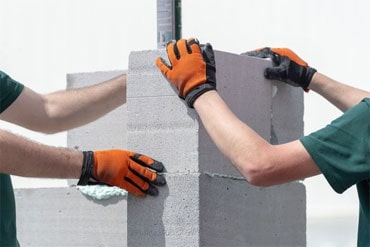 Aerated Concrete Block Industry
Aerated Concrete Block Industry 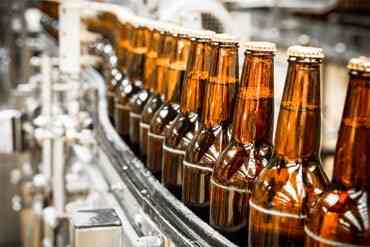 Brewery Industry
Brewery Industry 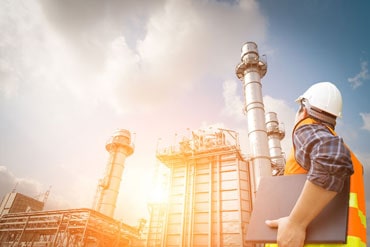 Captive Cogen Industry
Captive Cogen Industry 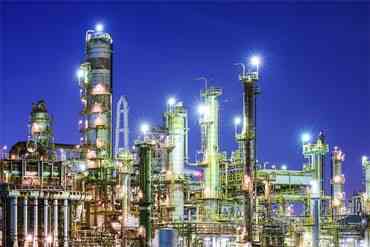 Chemical Industry
Chemical Industry  Dairy Industry
Dairy Industry 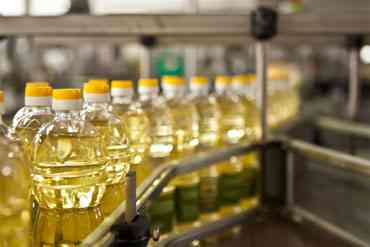 Edible Oil Industry
Edible Oil Industry 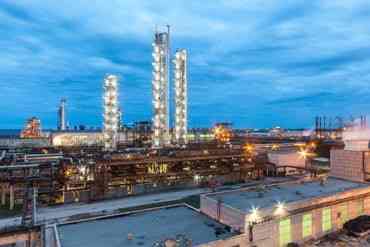 Fertilizer Industry
Fertilizer Industry  Hotel Industry
Hotel Industry 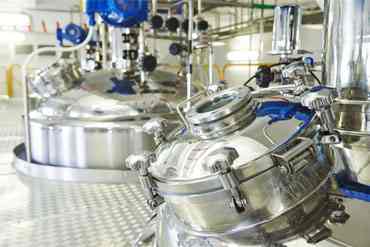 Pharma Industry
Pharma Industry 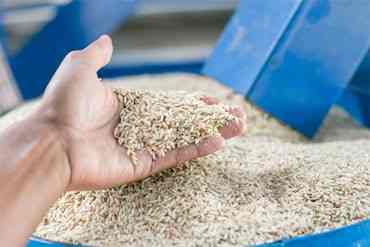 Rice Industry
Rice Industry 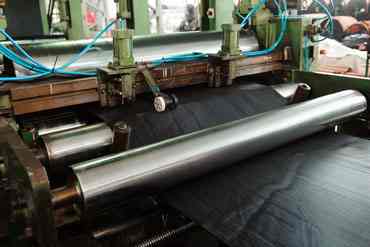 Rubber Industry
Rubber Industry  Soap Industry
Soap Industry 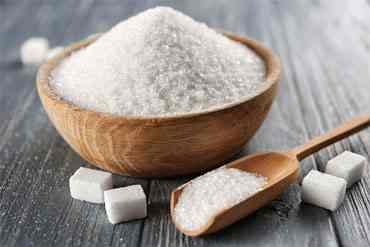 Sugar Industry
Sugar Industry  Textile Industry
Textile Industry 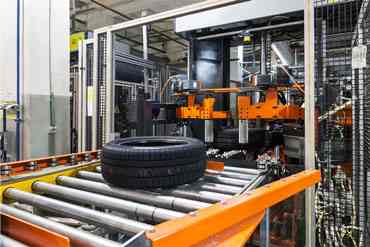 Tyre Industry
Tyre Industry